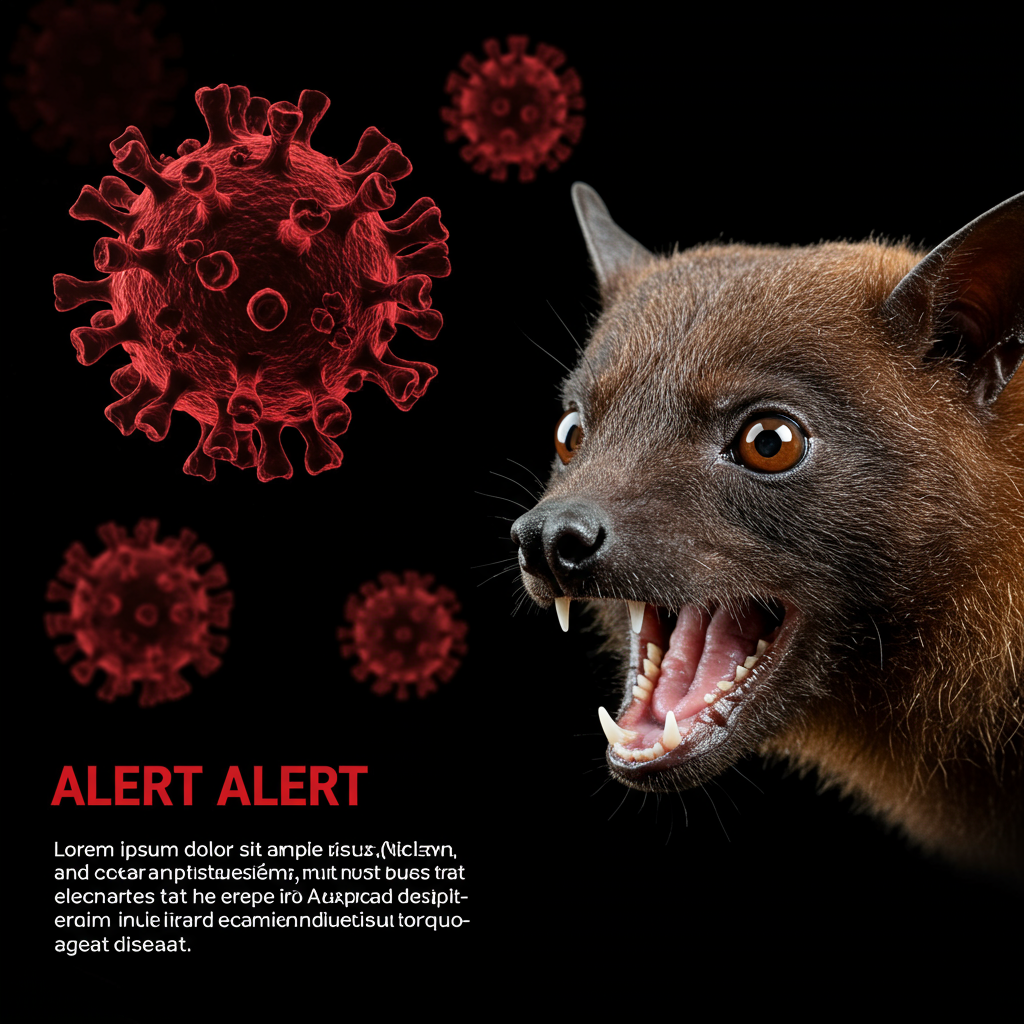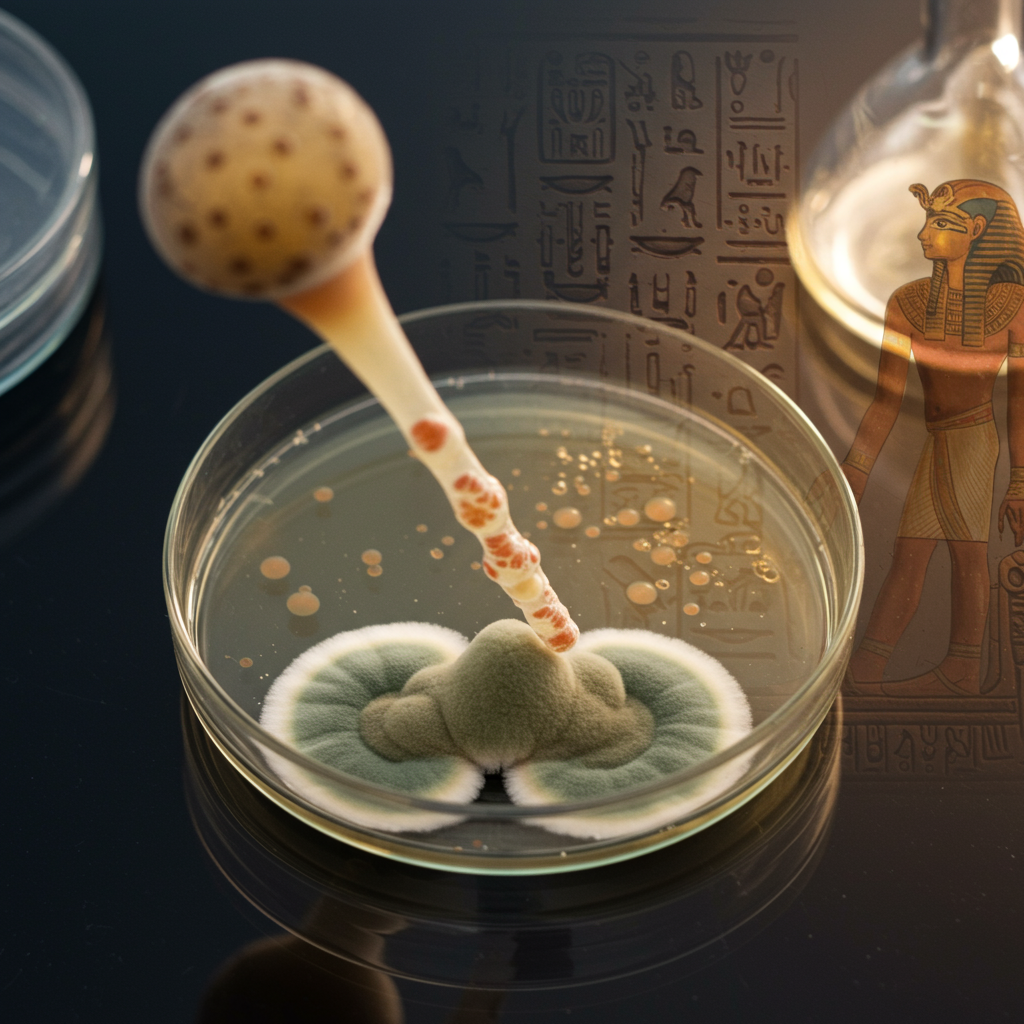A tragic incident in New South Wales, Australia, has highlighted the serious, albeit rare, risk posed by australian bat lyssavirus (ABLV). Following a bat bite sustained several months prior, a man in his 50s has sadly died from this “extremely rare” infection. This marks the first confirmed human case of ABLV in NSW and the fourth known human fatality from the virus across Australia since its initial discovery in 1996. Health authorities are urging the public to exercise extreme caution around bats and understand the vital steps to take following any potential exposure.
Understanding Australian Bat Lyssavirus (ABLV)
Australian bat lyssavirus (ABLV) is a type of virus belonging to the lyssavirus genus, which includes the infamous rabies virus. Notably, Australia is free of classical rabies, making ABLV its own unique viral threat found exclusively within the continent’s bat populations. First identified by scientists in 1996 from a bat exhibiting neurological symptoms, the virus is carried by various Australian bat species. This includes common flying foxes (like the grey-headed, little red, and black varieties), fruit bats, and even smaller insect-eating microbats found across states including NSW, Queensland, Victoria, Western Australia, and the Northern Territory.
How ABLV Spreads to Humans
Transmission of ABLV to humans primarily occurs when saliva from an infected bat enters the body. This typically happens through a bite or a scratch that breaks the skin. While less common, exposure can also occur if infectious bat saliva comes into contact with a person’s mucous membranes, such as the eyes, nose, or mouth. It is crucial to understand that simply being near bats or encountering their faeces is not considered a route of transmission for ABLV.
Symptoms and the Deadly Progression
The incubation period for Australian bat lyssavirus is highly variable and can range from days to many months, or even years, after exposure. For reasons not fully understood, the virus travels slowly through the body’s nervous system towards the brain.
The Onset of Symptoms
Once symptoms begin to appear, the illness progresses rapidly. Initial signs are often non-specific and can be mistaken for common illnesses. These early symptoms might include:
Headache
Fever
Fatigue or feeling unwell
Rapid Neurological Decline
However, the condition quickly worsens as the virus reaches the central nervous system and brain. This leads to severe neurological issues characteristic of lyssavirus infections. These advanced symptoms can include:
Paralysis
Delirium
Convulsions
- Loss of consciousness
- Wash Thoroughly: Immediately wash the wound or exposed area vigorously with soap and water for at least 15 minutes. This mechanical washing is crucial for removing virus particles.
- Apply Antiseptic: Apply an antiseptic with antiviral action, such as povidone-iodine (like Betadine) or alcohol, to the wound after washing. Allow it to dry.
- Seek Urgent Medical Attention: Promptly visit a doctor or hospital. Explain clearly that you were bitten or scratched by a bat. Medical professionals will assess the risk and likely recommend a course of post-exposure treatment.
- www.cbsnews.com
- www.theguardian.com
- themorningnews.com
- www.abc.net.au
Tragically, once these clinical signs develop, there is currently no effective treatment for ABLV. The disease is almost always fatal, with death typically occurring within approximately two weeks of symptom onset in both humans and other infected animals.
The Rarity of Human ABLV Cases
Despite the severe outcome once symptoms appear, human infection with Australian bat lyssavirus is exceedingly rare. Since its discovery in 1996, only four human cases have ever been recorded in Australia. These include a bat handler in Queensland in 1996, a woman in 1998 (who fell ill 27 months after a bite), a young boy in 2012/2013, and the recent case in NSW.
Experts highlight that this extreme rarity is a “very rare convergence of different factors,” especially considering the thousands of potential human exposures that occur annually across Australia. For instance, NSW Health reported that 118 individuals required medical assistance in 2024 alone after being bitten or scratched by bats in the state.
Low Virus Prevalence in Wild Bats
Studies suggest that the virus circulates at a very low prevalence in the healthy wild bat population, potentially infecting less than 0.1% or 0.5% of bats at any given time. However, the infection rate is believed to be significantly higher in sick and injured bats, which are also the ones most likely to be encountered by humans, thereby increasing the risk of transmission during contact.
Essential Prevention: Avoid Touching Bats
The most critical advice from health authorities and wildlife experts is simple and direct: never touch or handle bats.
Even a bat found on the ground, appearing distressed or injured, should be left undisturbed. It is safest to assume any bat encountered in such a state could potentially be carrying ABLV.
Who Should Handle Bats?
Interaction with Australian bats should be strictly limited to trained, protected, and vaccinated wildlife handlers. These professionals have the necessary equipment (like thick gloves) and pre-exposure vaccinations to safely assist injured bats without putting themselves at risk of exposure to lyssavirus. If you find a sick or injured bat, contact a trained wildlife rescue service immediately. Do not attempt to rescue it yourself.
Life-Saving Post-Exposure Treatment
While there is no cure once ABLV symptoms develop, there is highly effective post-exposure treatment available that can prevent infection if administered promptly after exposure. Because ABLV is closely related to rabies, the established rabies post-exposure prophylaxis protocols work effectively against it.
Immediate Steps After a Bat Bite or Scratch
Anyone bitten or scratched by a bat, or potentially exposed to bat saliva on mucous membranes or a wound, must take immediate action:
Medical Treatment Components
Post-exposure treatment typically involves a course of rabies vaccine injections and may include a dose of rabies immune globulin (RIG) administered around the wound site or intravenously. This provides the body with immediate antibodies while the vaccine stimulates the person’s own immune system to build protection against the virus.
Experts stress that this timely prophylactic treatment is vital. Given the potentially long incubation period, receiving treatment quickly after exposure provides a critical window to prevent the virus from reaching the brain and causing the irreversible, fatal symptomatic disease. Failure of this treatment is considered rare when administered correctly and promptly. The investigation into the recent NSW fatality is reportedly examining factors surrounding the man’s treatment following his bite.
Putting the Risk in Perspective
While the recent death is tragic and serves as a somber reminder, it’s important to keep the risk in perspective. Human cases of ABLV remain extremely rare. The vast majority of people in Australia will never be exposed to ABLV. However, for those who are bitten or scratched by a bat, the risk becomes real, and the consequences severe if prompt medical intervention is not sought.
The key takeaway for the public is not to fear bats unnecessarily, but to respect them as wild animals that can carry serious pathogens. Admire them from a distance and, in the rare event of contact, know the immediate steps that could save a life.
Frequently Asked Questions
What is Australian Bat Lyssavirus (ABLV)?
Australian Bat Lyssavirus (ABLV) is a rare but deadly virus found in Australian bat populations. It is closely related to the rabies virus, although rabies itself is not present in Australia. ABLV can be transmitted to humans and other mammals through contact with infected bat saliva, primarily via bites or scratches. It attacks the central nervous system and, once symptoms appear, is almost always fatal.
What should I do immediately after a bat bite or scratch?
If you are bitten or scratched by a bat, or if bat saliva comes into contact with your eyes, nose, mouth, or a wound, take these immediate steps: 1. Wash the area thoroughly with soap and water for at least 15 minutes. 2. Apply an antiseptic with antiviral action (like Betadine or alcohol). 3. Seek urgent medical attention immediately. Prompt post-exposure treatment with rabies vaccine and possibly immunoglobulin is crucial to prevent the virus from causing disease.
Is ABLV common, and which bats carry it?
Human cases of ABLV are extremely rare, with only four recorded fatalities in Australia since 1996, despite many bat exposures annually. The virus is present in a very low percentage of wild Australian bats, estimated to be less than 0.5%. However, the risk may be higher from sick or injured bats. ABLV has been found in various Australian bat species, including flying foxes (fruit bats) and insect-eating microbats, across multiple states.
Conclusion
The death of a NSW man from Australian bat lyssavirus underscores the potential danger of this rare infection. While human cases are infrequent, the outcome is almost certainly fatal once symptoms manifest. This tragic event serves as a critical reminder of the importance of public health advice: avoid direct contact with bats at all costs. Should exposure occur through a bite or scratch, immediate, thorough wound care followed by urgent medical attention for post-exposure treatment is the only effective means of preventing this deadly disease. Knowing these steps can be the difference between life and death.



